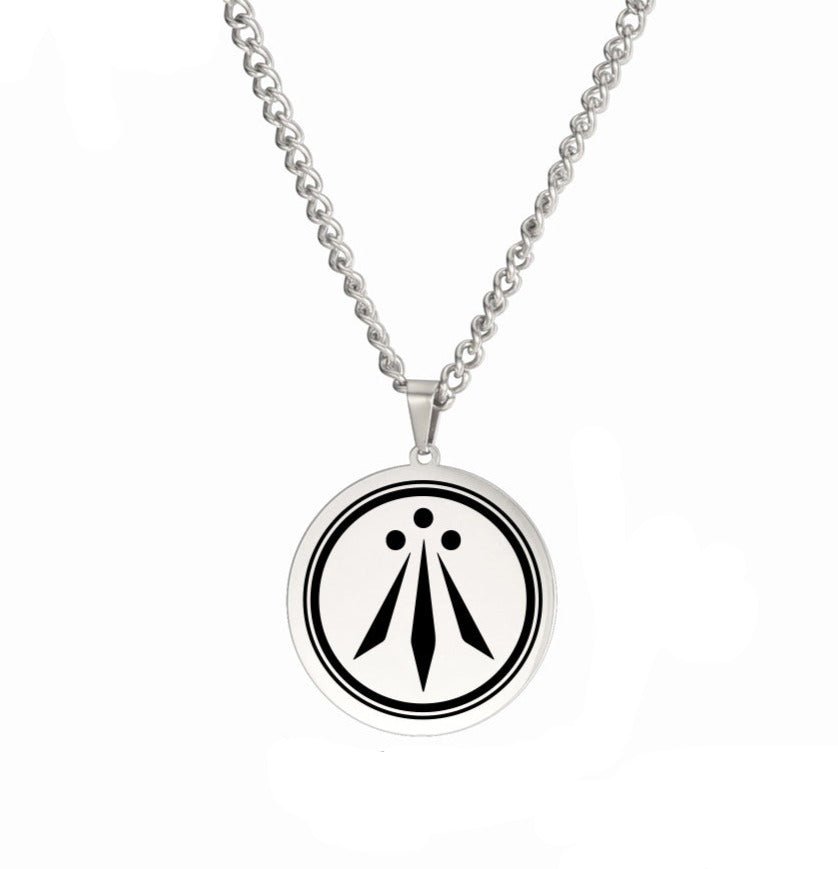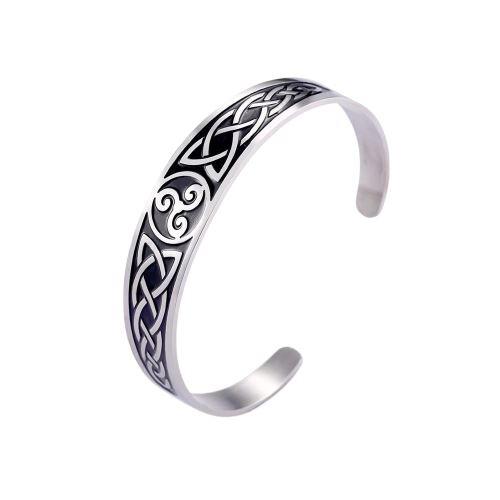Celtic Symbols: Secret Meaning and Thousand-year-old History
The Celts are an ancient civilization that left a rich and varied heritage across the world. One of the most fascinating aspects of this heritage is the use of symbols to represent some of their principles or ideals.
These Celtic symbols, known for thousands of years, have been used to express concepts such as strength, freedom and courage.
In this article, we will explore their historical and current significance to understand how they can still inspire our daily lives.
Contents :
The importance of symbols for the Celts

The importance of symbols for the Celts
The Celts always had a great interest in symbols. Cave paintings, jewelry and other artifacts discovered in Celtic archaeological sites demonstrate the importance that the Ancients attached to their symbols.
These symbols are often associated with the spiritual forces that guided the daily life of the Celts, and were considered a source of protection against evil.
Clearly, they had deep meaning to the Celts, as they simultaneously represented elements of their culture and religious faith.
One of the most important was the oak acorn, which symbolized the life force and the union between earth and sky. Other symbols include certain forest animals, the triskelion, the endless knot or the Triquetra

Symbol #1: Awen
Celtic symbols are a powerful way to express deep and ancient concepts. One of these symbols is the Awen, which represents the divine trinity, the concept of unity and connection between the three spiritual planes: the physical, the intellectual and the spiritual.
Awen is often described as a divine flame or ray; it can be seen as a creative force that connects everything that exists in our universe through its infinite power. This idea is also found in certain indigenous Native American traditions as well as Asian shamans.
Today, followers of European Druidry believe that Awen allows us to connect to our greatest personal potential, particularly on a spiritual level.

Symbol #2: the Triquetra
The Triquetra is a very common Celtic symbol that dates back to ancient times. It consists of three intertwined circles and represents the trinity, spiritual power and sacred bonds between human beings.
The Triquetra has been used by different cultures to symbolize various aspects of spirituality and mysticism. It has also served as an emblem for certain families or social groups in Ireland, the United Kingdom and the United States.
For some Celtic peoples today, the Triquetra symbolizes the union of the three forces: the past, the present and the future; the terrestrial, supernatural and divine worlds; mind, soul and body; or even creation, conservation and destruction.
In its full form, this symbol can be seen as a triple goddess alluding to divine feminine wisdom.
Druids further believed that this symbol possessed great magical power capable of protecting against any physical or spiritual harm.

Symbol #3: the acorn of the oak
The Celts have always been very attached to their culture and the symbols that represented it. The oak acorn is one of the oldest and most important of these symbols, and it has deep spiritual significance for the Celts.
The oak acorn symbolizes strength, wisdom and courage. It can also be associated with immortality thanks to its ability to regenerate itself year after year. This means that even if something seems lost or destroyed, there will always be a new beginning possible through the constant renewal offered by the oak acorn.
This symbol is also linked to the Celtic gods Dagda and Cernunnos. Thus, it has been considered sacred for thousands of years because of its spiritual and religious importance to our Ancients.
Let us also note: druids often used oak wood to create magical objects such as divining wands or even ritual bowls intended for sacrifices made during certain traditional Celtic festivals.

Symbol #4: the Triskelion
The meaning of Celtic symbols is very rich and varied. Among them, the Triskel is one of the oldest and most powerful.
It dates back to prehistory and symbolizes the divine force that unites the three dimensions of our existence: physical, spiritual and mental.
The Triskelion also represents a form of interaction between man, God and nature, as it combines the three branches of Druidry: the divine spirit, the human body and the material world. This means that everything that happens in one area has an influence on other areas; each part therefore depends heavily on the others to be complete.
Furthermore, the Triskelion embodies what the Druids call the “Celtic triad”: past-present-future. This concept reminds us that our actions have an impact on our future; what happened yesterday can affect what happens tomorrow.
Finally, this Celtic symbol also expresses the notion of infinite cycles where nothing ever really dies, this idea according to which everything always returns to its original source after having completed a complete cycle of life.

Symbol #5: the endless knot
The endless knot, for its part, represents infinity and the continuity of life. It also symbolizes the perpetual cycle of nature and its seasons
It is a very powerful sign that reminds us that everything that begins must also end in order to begin again: a fundamental idea in Celtic philosophies.
The endless knot can also be interpreted as the mark of a spiritual link between the physical and spiritual worlds, or even as a protection against evil.
The ancient Celts believed that their gods could travel between different planes thanks to this esoteric symbol. Thus, it was often used to invoke divine forces or request assistance from ancestral spirits.
In certain Druidic traditions, the endless knot is associated with the sacred triple circle which represents the union of the three spheres: terrestrial (matter), astral (spirit) and divine (mystery).

Symbol #6: the deer
It’s clear: Celtic symbols are all ancient and loaded with meaning. The deer is one of the most important, representing strength, endurance and courage.
The Celts saw this noble animal as a source of inspiration for their own lives. This is not surprising. The deer symbolizes fertility, rebirth and immortality.
In some ancient Celtic cultures, it was associated with gods or goddesses like Cernunnos (god of the wild world) or Etain (goddess of love).
It can be used to invoke natural forces such as wind or water that are essential to all life on earth.
Finally, some see in the deer a very powerful spiritual form which allows humans to communicate with ancestral deities and receive messages from the past. We therefore believe that it helps us find our path towards our destiny and our deep aspirations thanks to the advice given by these spiritual advisors.

Symbol #7: the wild boar
As for him, the wild boar is associated with fire and war. It symbolizes power and endurance. This wild animal also represents instinctive and primary power among the Celts; its fierce nature undoubtedly reflected the attitude they adopted when faced with enemies or obstacles encountered on their path.
However, the wild boar is a threatening figure: it can also be linked to divine protection for those who wear its emblem on themselves or on their material goods.
The wild boar was also considered a symbol of fertility for cultures of the past: it is said that certain gods even took the form of this animal each year at the time of the summer solstice in order to perpetuate life and their lineage.

Symbol #8: the mistletoe branch
The eighth Celtic symbol we will discuss is the mistletoe branch, an ancient emblem charged with deep spirituality.
Historically, mistletoe was considered a sacred plant by the Celts, probably because it had medicinal properties. It was believed that it could cure various physical or spiritual ailments, which gave it its magical connotation
The mistletoe branch also symbolizes fertility, love and luck — all important aspects to the Celts throughout the centuries.
In addition, this plant is often associated with a notion of protection against evil forces: certain cultures have used mistletoe to protect themselves against demonic spirits.
Even today, for some modern Druids, sacred mistletoe will serve to strengthen the aura and chase away any harmful form of external influence.
Lucky charm featured in this article

Pendant with the Symbol of Awen
See more
Pendant of the Triquetra
See more
Triskele Pendant
See more
Celtic Triskele Metal Bracelet
See more
Celtic Endless Knot Ring
See more
Necklace with Deer Antlers
See more
